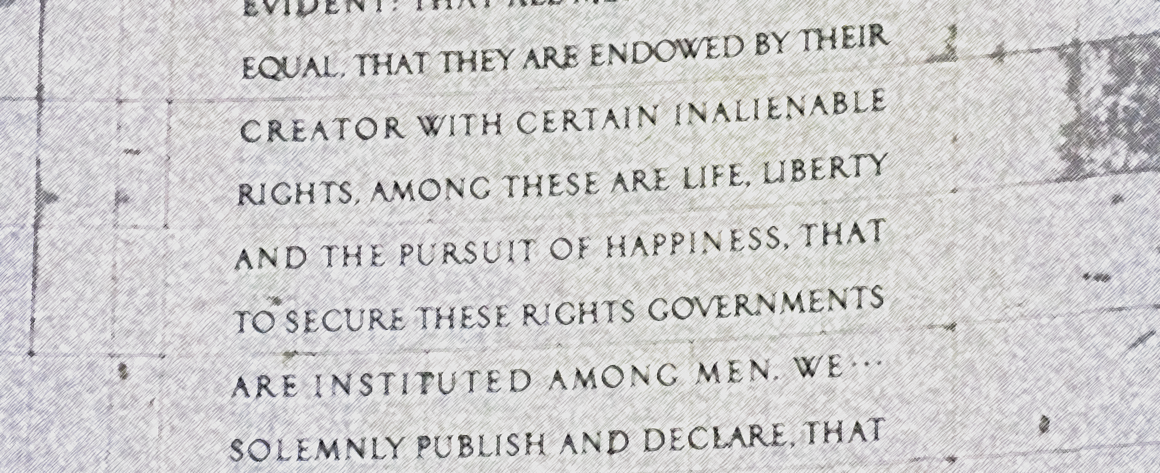Throughout our history, there have been alternative, competing visions of the “good life” in America. The story of how these competing visions played out in our history is prologue to an important question: What is the American Dream and what is its future?
The issue came up in the early Republic, offspring of the ambiguity in Jefferson’s declaration that we have an unalienable right to “the pursuit of happiness.”
The story of the pursuit of happiness in America is one of its close alliance with capitalism and consumerism. But in recent years, many researchers have begun to see this relationship as one of misplaced allegiance. Has the pursuit of happiness through growth in material abundance and possessions actually brought Americans happiness? That is a question more for science than for philosophy, and the good news is that social scientists have in fact recently turned abundantly to the subject. A new field, positive psychology, the study of happiness and subjective well-being, has been invented, and there is now even a professional Journal of Happiness Studies.
Imagine, if you will, two very different alternatives for affluent societies. In one, economic growth, prosperity and affluence bring steadily increasing human happiness, well-being and satisfaction. In a second, prosperity and happiness are not correlated, and, indeed, prosperity, beyond a certain point, is associated with the growth of important social pathologies. Which scenario provides a closer fit to reality?
What the social scientists in this new field are telling us is of fundamental importance.




